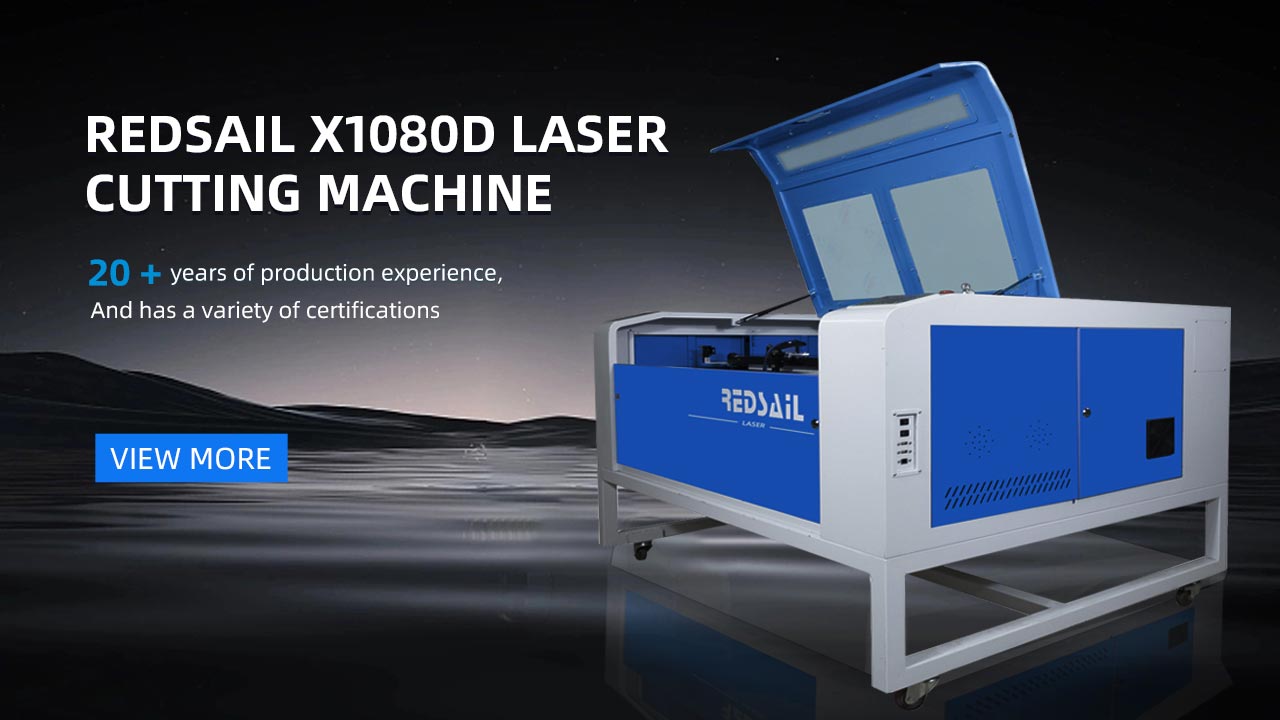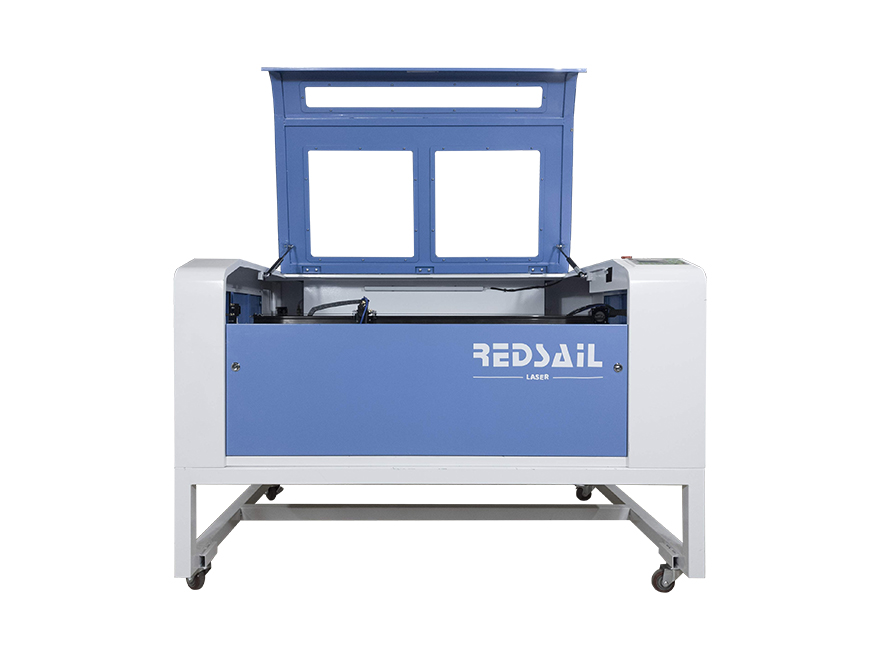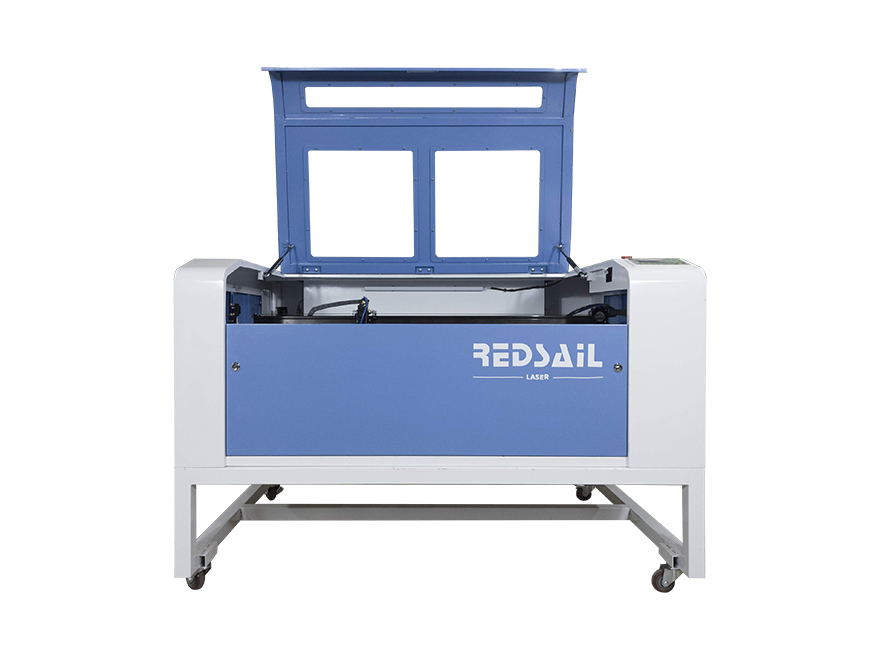We all know that during the working process of metal laser cutting machines, the cutting head will follow the focal length and trajectory set by the program. However, in different materials, thicknesses, and cutting methods, the height of the laser cutting head needs to be adjusted and controlled, because the distance between the cutting head and the surface of the workpiece being cut determines the quality of the cut and the cutting speed.
In addition to selecting the appropriate cutting nozzle model and air pressure parameters based on the cutting situation, the metal laser cutting machine also needs to adjust the height between the cutting head and the steel plate in a timely manner according to the increase or decrease of the cutting material thickness. Different thicknesses of steel plates require different parameters to be used, and the cutting nozzle should be adjusted to the corresponding height.
In the use of metal laser cutting machines, in order to ensure high-quality cuts, the height from the cutting nozzle to the surface of the workpiece to be cut must be consistent. However, due to the fast speed of the laser cutting machine, the operator’s manual operation with their eyes cannot meet the required reaction speed. Especially when cutting some thin plates, or when there are grooves on the surface of the material, the flatness is not high, or the cutting environment is limited, it is very important to maintain a stable cutting height.
In order to compensate for the unstable control of manual adjustment of cutting height, the metal laser cutting machine is equipped with fully imported cutting heads with high accuracy and narrow cutting seams. The servo head adopts a speed and position dual closed-loop algorithm control, supporting frog jumping up and down, and achieving high-speed perforation with high dynamic response. No matter how thick the board is cut, it can maintain a consistent height.
Features of laser metal laser cutting machines:
Materials that can be processed by metal laser cutting machines. Although almost all metal materials have a high reflectivity of infrared wave energy at room temperature, CO2 lasers emitting 10.6um beams in the far infrared band have been successfully applied to many metal laser cutting practices. The initial absorption rate of 10.6um laser beam by metal is only 0.5%~10%. However, when a focused laser beam with a power density exceeding 106w/cm2 is irradiated on the metal surface, it can quickly cause the surface to melt in microseconds. The absorption rate of most metals in the molten state increases sharply, generally increasing by 60% to 80%. The following are the advantages of laser metal laser cutting machines:
1. Metal laser cutting machine cutting alloy steel
Most alloy structural steel and alloy tool steel can achieve good edge cutting quality using laser cutting methods. Even for some high-strength materials, as long as the process parameters are properly controlled, a straight and slag free cutting edge can be obtained. However, for high-speed tool steel and hot mold steel containing tungsten, there may be corrosion and slag sticking during laser cutting.
2. Metal laser cutting machine for cutting aluminum and alloys
Aluminum cutting belongs to the melting cutting mechanism, and the auxiliary gas used is mainly used to blow away molten products from the cutting area, usually achieving good section quality. For some aluminum alloys, attention should be paid to preventing the occurrence of intergranular microcracks on the cutting surface.
3. Metal laser cutting machine for cutting copper and alloys
Pure copper (red copper) cannot be cut with CO2 laser beams due to its high reflectivity. Brass (copper alloy) uses higher laser power and auxiliary gases such as air or oxygen, which can cut thinner plates.
4. Metal laser cutting machine for cutting titanium and alloys
Pure titanium can effectively couple and focus the thermal energy converted by laser beams. When oxygen is used as an auxiliary gas, the chemical reaction is intense and the cutting speed is fast. However, it is prone to generating an oxide layer on the cutting edge, which can cause overheating if not careful. For safety reasons, it is better to use air as an auxiliary gas to ensure cutting quality. The titanium alloy laser cutting commonly used in the aircraft manufacturing industry has good quality. Although there may be a small amount of slag at the bottom of the cutting seam, it is easy to remove.
5. Metal laser cutting machine cutting nickel alloy
Nickel based alloys, also known as superalloys, have many varieties. Most of them can be oxidized and melted for cutting.
6. Metal laser cutting machine cutting carbon steel
Modern laser cutting systems can cut carbon steel plates up to a maximum thickness of 20MM. The cutting seam of carbon steel can be controlled within a satisfactory width range using an oxidation melting cutting mechanism, and the cutting seam of thin plates can be narrowed to about 0.1MM.
7. Metal laser cutting machine cutting stainless steel
Laser cutting is an effective machining tool for the manufacturing industry that utilizes stainless steel sheets as the main components. Under the strict control of the heat input measures in the laser cutting process, the cutting Heat-affected zone can be limited to become very small, thus effectively maintaining the good corrosion resistance of such materials.



